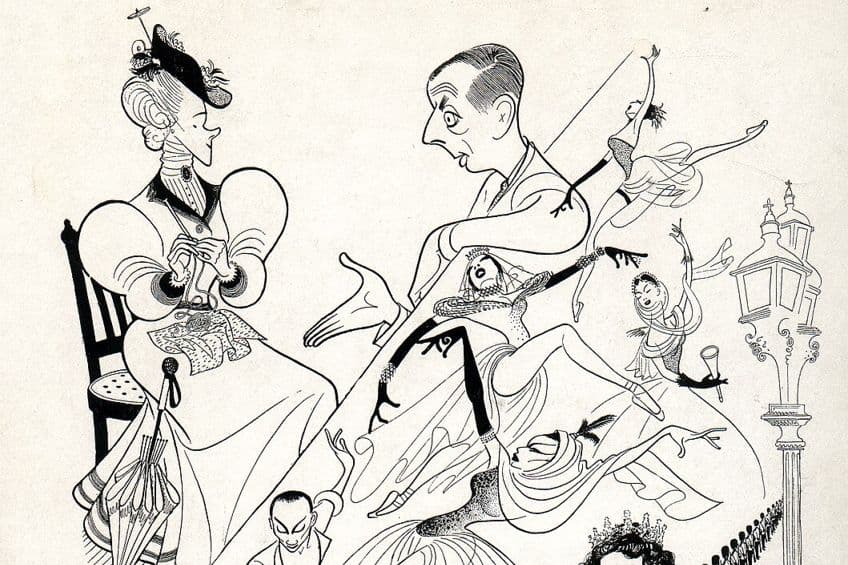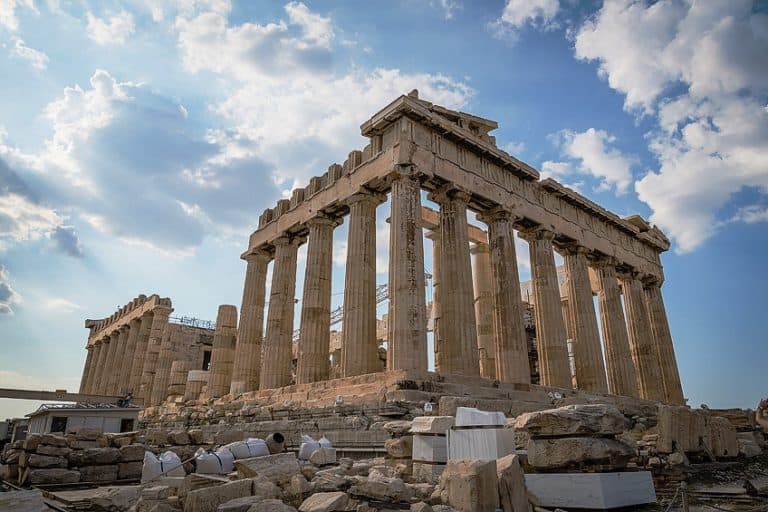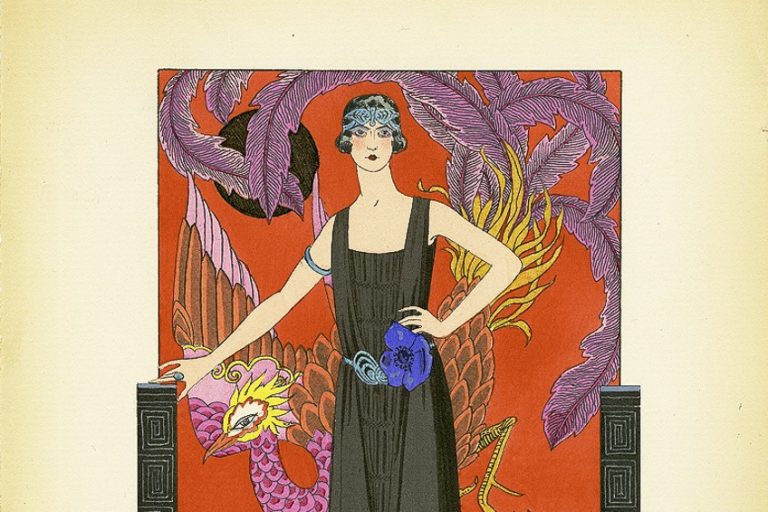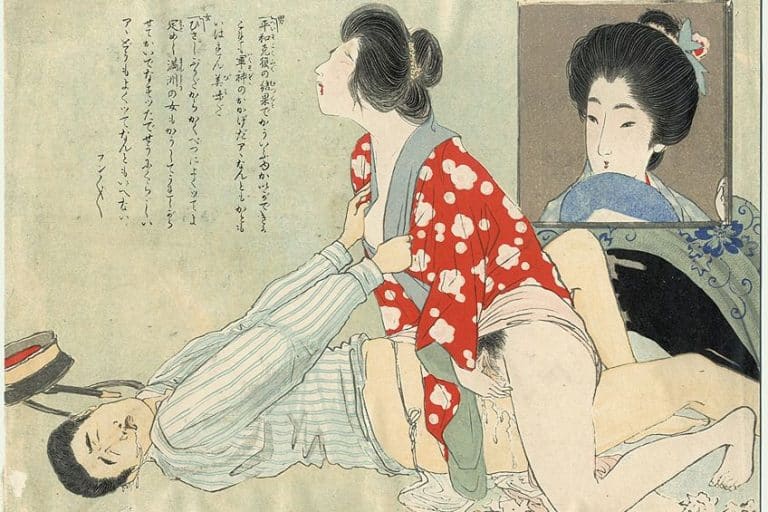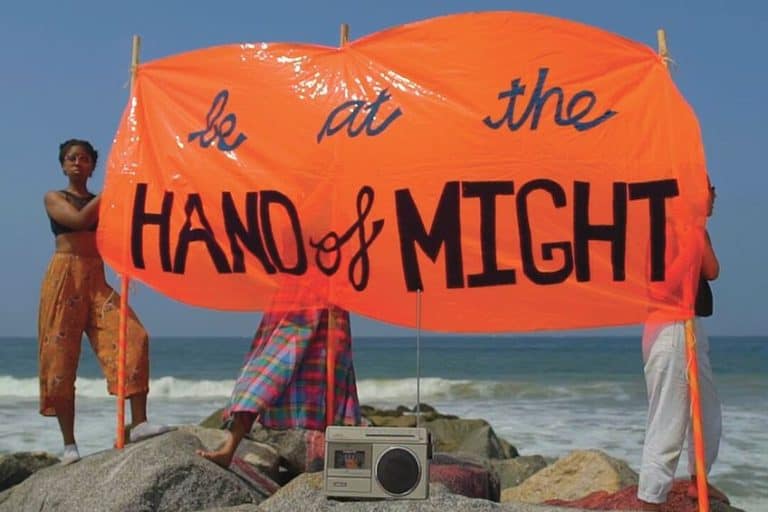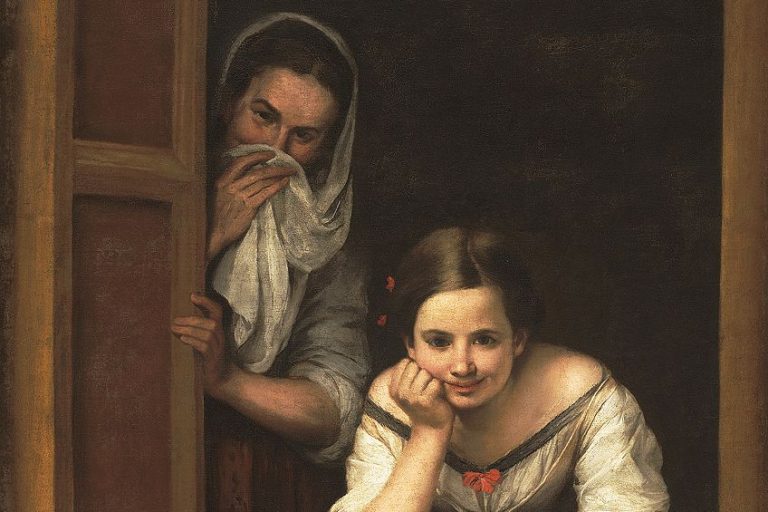Caricature Art – The History of Caricature Paintings
What are caricatures and what is the history of caricature art? Caricature art can be defined as exaggerated drawings of an object or person. There is a long caricature history, with early caricature paintings emerging in the 1590s. Since then, many famous caricatures of political leaders and celebrities have been produced. Let’s take a closer look at this distinctive art style below.
What Are Caricatures?
A caricature is a depiction of a real person that modifies or exaggerates particular traits while retaining a likeness: an exaggerated work of portrait art. Caricatures initially gained popularity as a fine art form in the 16th and 17th centuries, when satirists used them to mock prominent personalities and politicians. A caricature that also has a moral message is often referred to as satire. Caricature artworks are still popular today and are used in publications and newspapers to make fun of actors, politicians, and entertainers. The artist’s tools are the only thing that has significantly changed over time. Originally, caricaturists employed charcoal, pen, pencil, and ink drawings, but now an artist could use digital graphics software such as Adobe Illustrator.
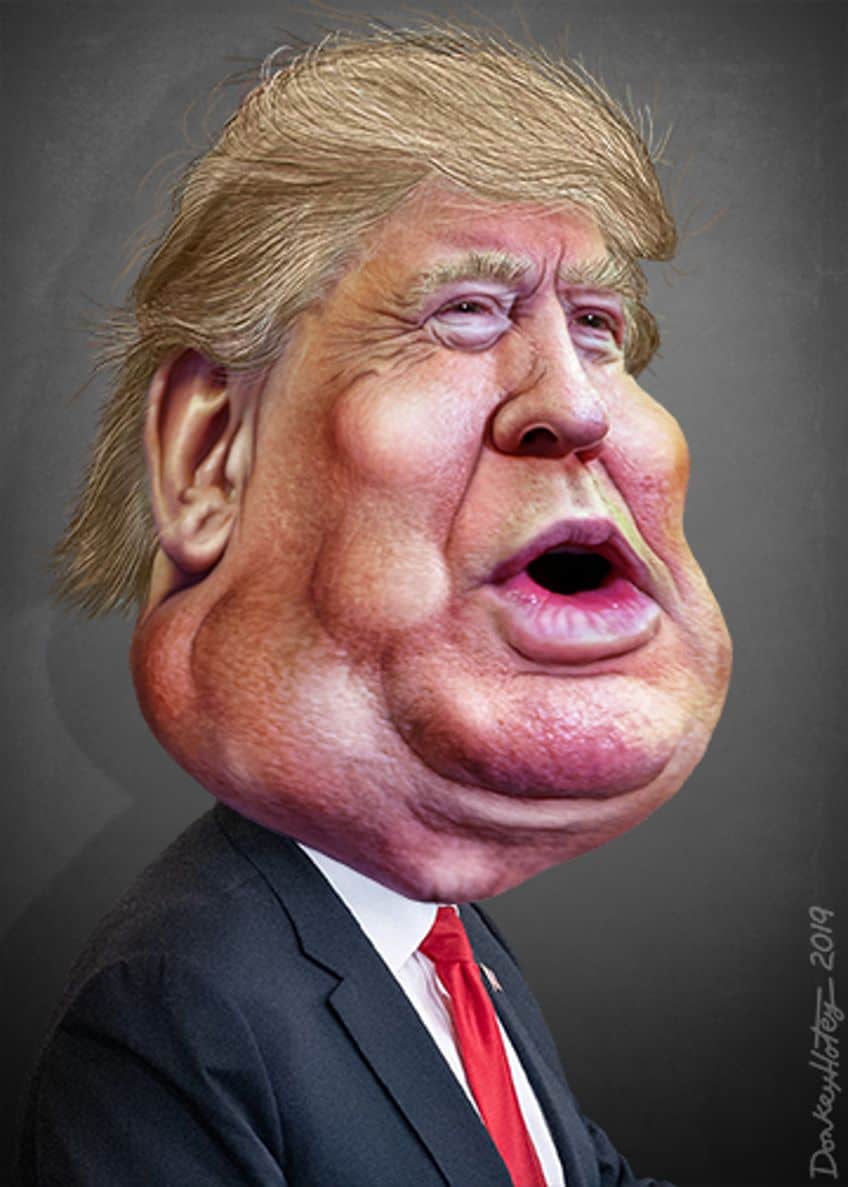
Caricaturists possessed considerably more influence with their pens than any writer ever could. They conveyed ideas without the need for written text in the early stages of the genre, which was significant at a period when the bulk of the public could not read. One of the most well-known instances of this kind of graphic art is the British artist James Gillray’s satirical etchings of Napoleon Bonaparte. He portrayed the French Emperor as short and silly, wearing a huge hat. As a consequence, we still consider him to be shorter than he actually was in real life. These exaggerated drawings are one of the most popular types of art, yet as figurative drawings, they are often as skilled and significant as most traditional portrait paintings.
How Do Caricatures Differ from Cartoons?
In the 19th century, Rodolphe Topffer, the Swiss artist, attempted to pioneer a new way of storytelling by publishing cartoons – often depictions of imaginary people – as portions of a comic strip. His concept foreshadowed animation art and contemporary comic books. Because the initial cartoons were meant for daily newspaper publication, they were hastily sketched with little care. Caricatures and satires, on the other hand, were typically painstakingly etched, hand-colored, and produced in glossier periodicals.
This distinction exists even today. A colorful caricature intended to accompany a magazine or newspaper story is usually of noticeably higher creative quality than a comedic sketch like Peanuts or Calvin and Hobbes.
Giles, a British artist who is best known for his illustrations in the Daily Express, personifies the subgenre of political cartoons vs caricatures. He developed a fictitious cartoon family, led by the enigmatic “Grandma”, that regularly commented on current British and global affairs, but only from a fictional perspective: no photographs or sketches of real-life persons were made. Despite these variations, though, the word “cartoon” continues to serve as a common synonym for “caricature”.
The History of Caricature Art
The word caricature derives from the word caricare, meaning to “exaggerate” in Italian. These terms were attributed to several exaggerated portrait drawings produced by the Italian Annibale Carracci in the 1590s. According to the captions he gave, the images were intended for comedy, mocking his own creative principles that he was instructed in at the Bologna Academy. Nowadays, we might question why caricatures took so long to become an acknowledged style of art. Nonetheless, it should be noted that for centuries, artists have attempted to create perfectly realistic representational artwork, which was always seen to be the ultimate objective. This had been accomplished to a larger extent by the time of the High Renaissance. Only when High Renaissance painters mastered the technique of creating a precise likeness did they begin to deconstruct it.
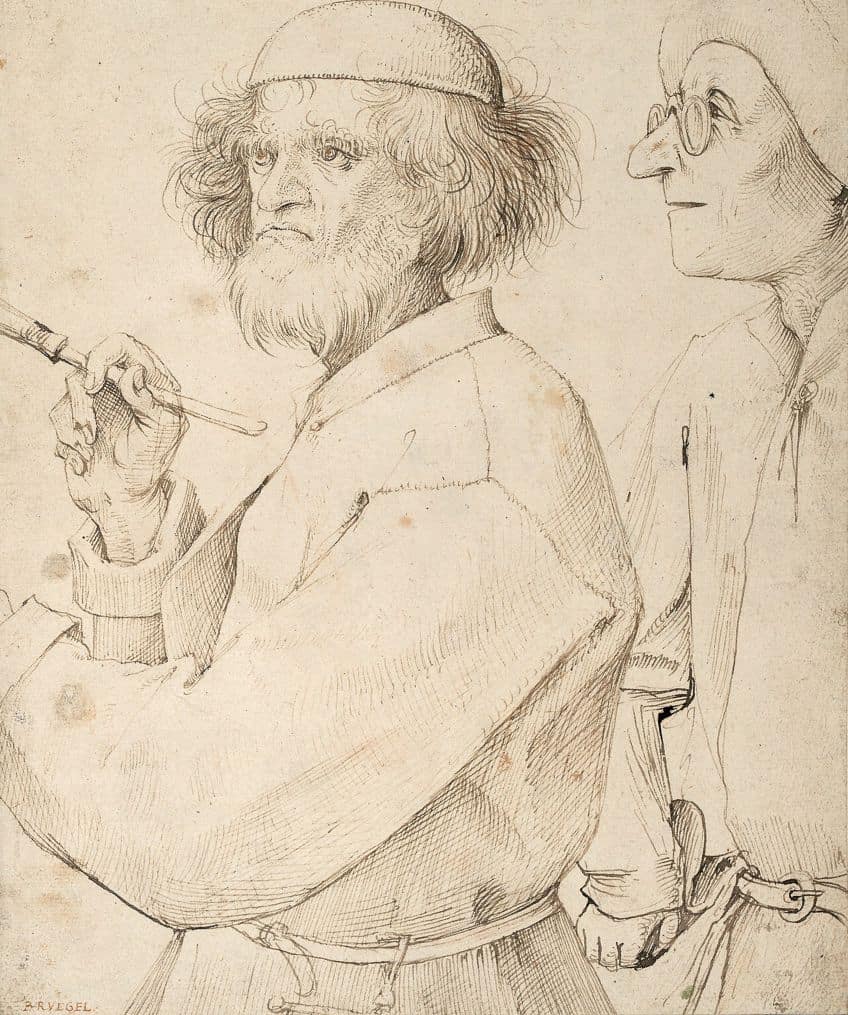
This process continued for hundreds of years, eventually leading to entirely abstract artwork that took the shape of Mondrian’s geometric concrete art. Caricature remained primarily an Italian art style for the following hundred years, despite the fact that Pieter Bruegel the Elder and other peers in Northern Europe were also producing exaggerated drawings of humans. It has additionally been asserted that painters in the late Middle Ages who drew biomorphic creatures like gargoyles on the edges of illuminated manuscripts were forerunners of caricaturists. These sketches influenced Hieronymus Bosch, who incorporated the imagery in his works such as Garden of Earthly Delights (1505).
After Bosch, the next real caricaturist was Giuseppe Arcimboldo, the Italian artist who produced a sequence of burlesque portrayals of rulers and monarchs utilizing painted shapes of vegetables, kitchen utensils, and even workmen’s equipment in Prague.
While in Italy, the artist Bernini created caricature paintings of himself and his companions. He stated that a person could be conveyed with simply “just a few strokes of a pen”. Pier Leone Ghezzi, a Rococo artist, was the first to establish himself as a professional caricaturist. Ghezzi makes a profession by painting humorous caricatures of people visiting Italy. During the mid-1700s, sufficient Italian caricatures had returned to London to pique the publisher Arthur Pond’s attention. Pond published a collection of exaggerated drawings by Carlo Maratti, Annibale Carracci, and Ghezzi, which were all warmly acclaimed. Satirical caricatures became popular in Britain, France, and America beginning in the 18th century. William Hogarth was one of the earliest English artists to use exaggerated caricature-style portraiture, mostly in genre paintings and prints with a moralistic message.
Artists began changing people into animals, plants, and fruits later in the 18th century. English caricaturists such as Thomas Rowlandson and James Gillray portrayed French Revolution officials as spiders, goats, and pigs to convey cunning, lechery, and gluttony. To avoid misunderstanding, the subject’s human visage was added to the body of the animal. Punch magazine was launched in Britain and rapidly became the nation’s most widely-read satirical publication. One of its most well-known illustrators was John Leech. Punch even caricatured one of England’s greatest artists, Aubrey Beardsley. Throughout the 19th century, the genre was popularized in France by the peerless Honore Daumier, who was famed for his incisive political drawings in the anti-monarchist magazine La Caricature, one of which landed him in jail for six months for attacking King Louis Philippe. Since the French government prohibited all seditious sorts of art, particularly political caricatures, he shifted to social cartoons. His ability to relate a subject’s mental condition to a physical imperfection was crucial to his success as a humorist.

Important French artists such as Courbet and Delacroix respected him immensely. Another indirect contribution to the genre was Jules Cheret, a French printer and poster artist who invented a cheaper style of color lithography used in poster art and publications. With the introduction of the railway, publications could be swiftly and widely circulated to an ever-increasing audience. A politician’s image might be ruined with a single stroke of a pen. Nowadays, the practice continues, and artists emphasize the subject’s inherent qualities – for instance, if the individual has a huge nose, it will be accentuated, or if they have any quirks, such as a weird hairstyle or idiosyncrasies, these will be emphasized.
Caricature art was prevalent during the turn of the century and following, when political tensions escalated prior to the birth of television. As global conferences came and went, world leaders were satirized and military chiefs were mocked. Will Dyson, an Australian cartoonist, made a renowned drawing near the close of World War I in 1919. It represented the leaders of the winning nations marching out of a chamber after the Treaty of Versailles was signed in their favor. But, a tiny child is sobbing in the corner; she is known as the Class of 1940.
That demonstrates incredible insight, given that many historians consider the outcome of the Versailles Treaty to be one of the primary factors that led to World War II.
When newspaper caricatures became popular, a number of artists, including Toulouse Lautrec, James McNeill Whistler, George Grosz, and Ben Shahn, embraced caricature art in fine art painting. With the massive rise in newspapers and other publications in the years after World War I, the genre saw a resurgence in the United States, with caricatures rivaling pictures in popularity. A new generation of young draftsmen, such as Miguel Covarrubias and Al Hirschfeld, demonstrated that caricatures might be entertaining, colorful, and elegant, rather than just scathing visual remarks on the editorial page. From 1950 until 1992, Punch magazine in the United Kingdom added to the legacy and history of caricature.
Famous Caricature Artists
Now that we have covered caricature history, we can take a look at a few of the more notable artists responsible for producing the most famous caricatures. Some of them were more renowned for their exaggerated drawings of politicians, while others were known for their caricature paintings and drawings of celebrities. Let’s take a look at a few artists in more detail.
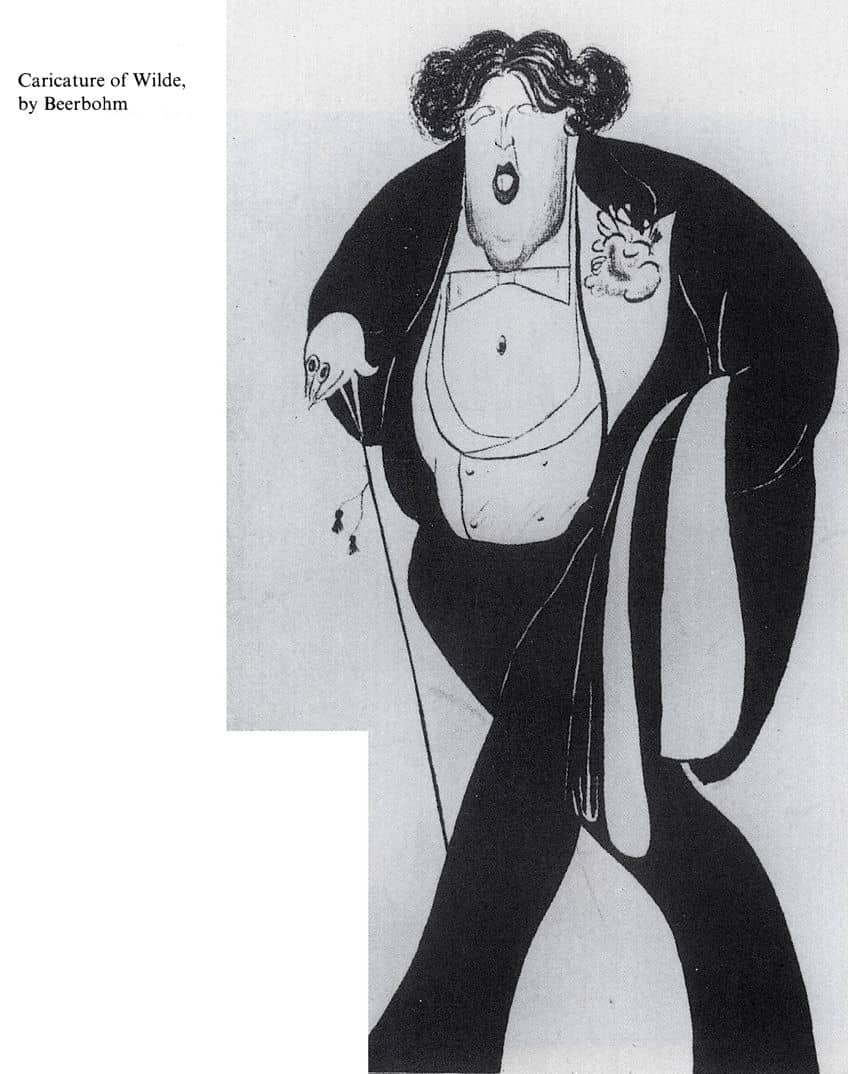
Al Hirschfeld (1903 – 2003)
| Name | Al Hirschfeld |
| Nationality | American |
| Date of Birth | 21 June 1903 |
| Date of Death | 20 January 2003 |
| Place of Birth | St. Louis, Missouri, United States |
American caricaturist, Al Hirschfield, was recognized for his unusual linear style, which included clear, flowing lines and little shading. In the 1920s, he worked as a freelance artist, and in the 1930s, he started creating caricatures for newspapers, periodicals, and Broadway shows. He rose to prominence for his uncanny ability to express the essence of his themes in a few elegant lines. Hirschfeld’s caricatures typically portrayed prominent performers, singers, and other personalities, and he was especially associated with Broadway, where his exaggerated drawings appeared on a regular basis in The New York Times.
He often portrayed his subjects in exaggerated stances or settings, yet his minimalist technique always managed to convey their likeness and individuality.
Hirschfeld’s artwork was marked by the inclusion of his daughter’s name buried between the lines of his sketches. As a tribute to her, he began inserting her name in his works in 1945, and the “Nina” tradition remained until his death in 2003. Followers of his art developed a game out of finding the hidden name in his works. Hirschfeld’s caricature artworks have been regularly displayed and collected, and he has garnered several accolades during his career, including a Tony Award for his contributions to Broadway in 1999.

Mort Drucker (1929 – 2020)
| Name | Morris “Mort” Drucker |
| Nationality | American |
| Date of Birth | 22 March 1929 |
| Date of Death | 9 April 2020 |
| Place of Birth | New York City, United States |
Mort Drucker, the famous caricaturist, and cartoonist began contributing to MAD Magazine in 1956. Drucker was regarded as one of the most significant and influential cartoonists of his day and was renowned for his skill in accurately and humorously portraying the likenesses of famous people, politicians, and imaginary characters. Drucker’s work for MAD Magazine was defined by his capacity to humorously and instantly recognize and exaggerate the qualities of his subjects. He was most known for his television and film parodies, where he typically created intricate, realistic settings populated with caricatures of well-known actors and figures.
Drucker’s creativity and popularity led to him working on projects other than MAD Magazine.
He was hired to produce caricatures for movie posters, advertising campaigns, and TV shows, as well as for books and other publications. He received multiple accolades, including the Reuben Award from the National Cartoonists Society, and his impact is evident in the works of many modern cartoonists and caricaturists. Drucker died in 2020 aged 91, leaving behind a lifetime of creative, humorous artwork that fans and other artists alike continue to appreciate and respect.

Sebastian Kruger (1963 – Present)
| Name | Sebastian Kruger |
| Nationality | German |
| Date of Birth | 30 June 1963 |
| Date of Death | Present |
| Place of Birth | Hamelin, Germany |
Sebastian Kruger is a caricaturist and artist from Germany noted for his exaggerated, larger-than-life portrayals of celebrities and bands. He was born in Hamelin, Germany, in 1963, and started sketching at an early age. Kruger’s work is distinguished by his knack for capturing the spirit of his characters in an exaggerated, hyper-realistic approach that highlights their most noticeable traits. Kruger’s caricatures usually depict iconic rock icons such as Elvis Presley, Mick Jagger, and Jimi Hendrix, and his artwork has been shown in museums and art spaces all over the world. He has also created portraits of politicians, sportsmen, and other famous personalities. Kruger’s style is very detailed, and he achieves his own appearance with a combination of painting and airbrushing techniques.
Kruger’s professional career as an artist began in the 1980s, with his first significant show in Hamburg in 1986.
His early work included pictures of rock artists such as Jerry Lee Lewis and Little Richard, but he quickly shifted his attention to celebrity caricatures. Kruger has had a large impact on the realm of caricature, and his artwork has influenced many other artists. He has also worked with the music industry, making record covers and collaborating with performers on unique artwork. Kruger is well-known for his caricature work, as well as his more conventional paintings and sculptures that explore issues of human emotions and expression. He regularly works on enormous canvases for his portraits, and his larger-than-life representations of celebrities have become his signature.
That completes our look at caricature art. Throughout caricature history, most artists of the genre have focused on popular personalities of the time, whether they be from political spheres or the entertainment world – they were all regarded as public figures that were to be scrutinized and parodied. Caricature history may be traced back to ancient civilizations like Egypt, Greece, and Rome. Caricature paintings have become a popular kind of amusement in modern times, with caricature artists appearing at festivals, fairs, and other public events to create exaggerated drawings of the patrons who attend.
Frequently Asked Questions
What Are Caricatures?
Caricature art is a type of art in which exaggerated portraits of individuals or objects are created, generally for funny or satirical intentions. A caricature often exaggerates the subject’s most notable aspects, such as facial features, physical characteristics, or mannerisms. Caricatures are frequently employed as a form of social or political critique, with artists exaggerating or lampooning popular people or societal concerns. They can also be used to memorialize or praise renowned people such as singers, actresses, or athletes. Caricature art may be made with a range of materials, such as pencils, watercolors, pen and ink, and digital art tools. Several caricature artists focus on live sketching, which involves quickly drawing pictures of individuals at events or in public areas.
Do Caricature Artists Make Money?
A caricature artist’s earnings potential will be influenced by a number of variables, including their degree of expertise, the market for their work, and how much they charge. However, caricature artists may earn a livelihood from their job if they are committed and talented. Many caricaturists focus on live sketching, and they may bill by drawing or taking commissions. Using platforms like Etsy or their own personal websites, caricaturists may also sell their work online. Caricature artists could also publish books of their works or have their artwork published in magazines or newspapers.
Isabella studied at the University of Cape Town in South Africa and graduated with a Bachelor of Arts majoring in English Literature & Language and Psychology. Throughout her undergraduate years, she took Art History as an additional subject and absolutely loved it. Building on from her art history knowledge that began in high school, art has always been a particular area of fascination for her. From learning about artworks previously unknown to her, or sharpening her existing understanding of specific works, the ability to continue learning within this interesting sphere excites her greatly.
Her focal points of interest in art history encompass profiling specific artists and art movements, as it is these areas where she is able to really dig deep into the rich narrative of the art world. Additionally, she particularly enjoys exploring the different artistic styles of the 20th century, as well as the important impact that female artists have had on the development of art history.
Learn more about Isabella Meyer and the Art in Context Team.
Cite this Article
Isabella, Meyer, “Caricature Art – The History of Caricature Paintings.” Art in Context. May 15, 2023. URL: https://artincontext.org/caricature-art/
Meyer, I. (2023, 15 May). Caricature Art – The History of Caricature Paintings. Art in Context. https://artincontext.org/caricature-art/
Meyer, Isabella. “Caricature Art – The History of Caricature Paintings.” Art in Context, May 15, 2023. https://artincontext.org/caricature-art/.


